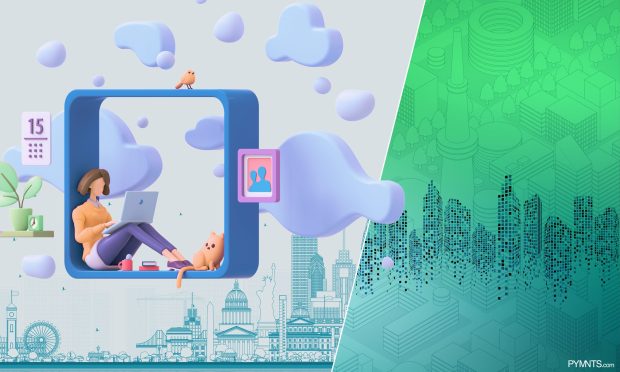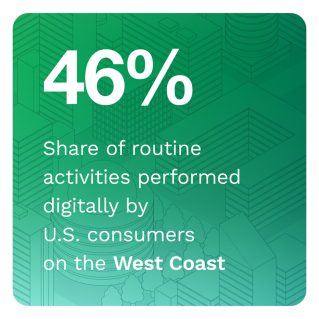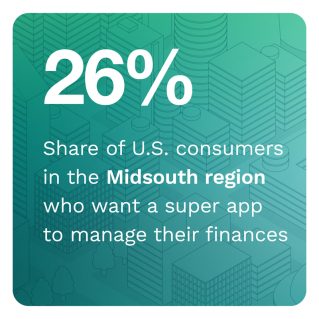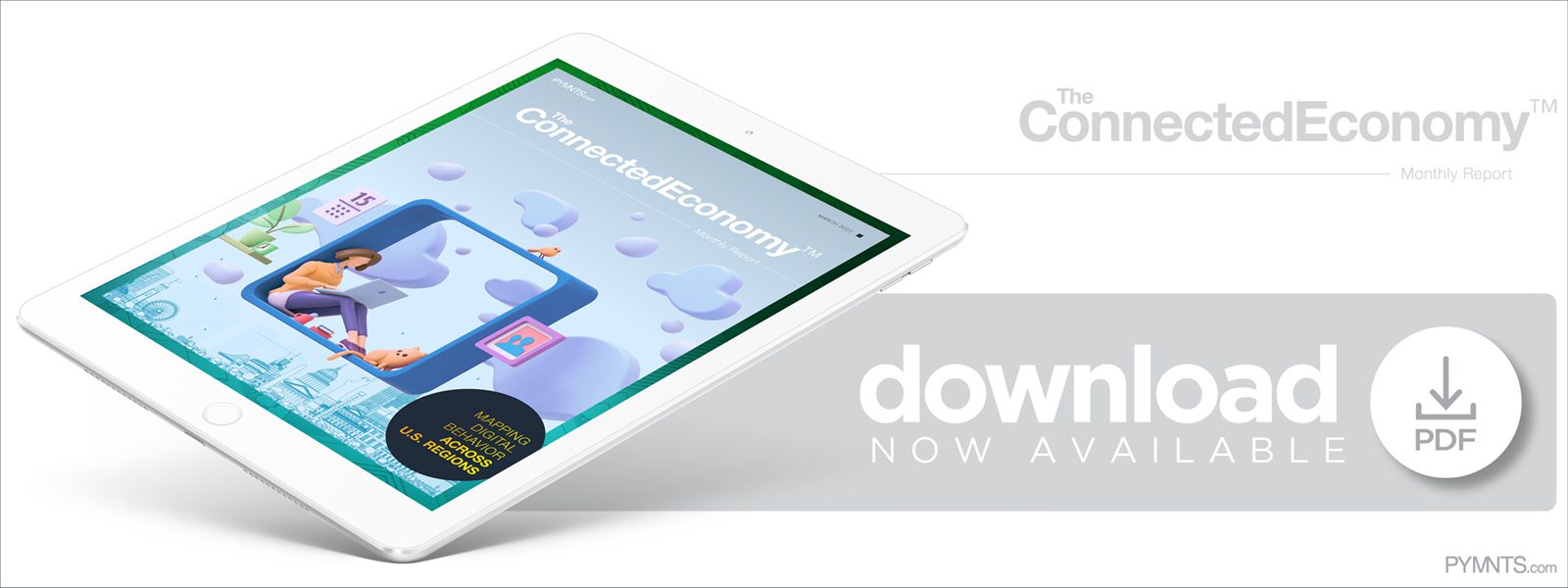Report: Digital Engagement Across US Is a Regional Affair — and the West Coast Leads

United States consumers from coast to coast are growing more accustomed to heading online to get through their routine activities — but precisely what those online activities include varies drastically by region.  Consumers living in tech hubs such as San Francisco, Seattle and Portland go online to do just about everything from reading the morning news to hailing a ride to work, ordering groceries, streaming their favorite show, gaming, gambling and beyond. Meanwhile, those in the Midwest and other regions to the East limit their digital routines to far fewer core activities.
Consumers living in tech hubs such as San Francisco, Seattle and Portland go online to do just about everything from reading the morning news to hailing a ride to work, ordering groceries, streaming their favorite show, gaming, gambling and beyond. Meanwhile, those in the Midwest and other regions to the East limit their digital routines to far fewer core activities.
That is according to the latest edition of the ConnectedEconomyTM Monthly Report: Mapping Digital Behavior Across U.S. Regions, a part of PYMNTS’ ongoing research into how the continuing digitization of the economy is reshaping consumers’ lives. The new report details how regional differences in consumer behavior shape the connected economy in the U.S.
 Key findings from our research include the following:
Key findings from our research include the following:
• Consumers on the West Coast are the most digitally engaged of all. They not only own more connected devices than consumers in other regions, but they also go online to conduct more of their routine activities than consumers in any other region. The average consumer in this “Pacific” region owns 5.4 devices and performs 46% of their routine activities digitally.
• Consumers in the Midsouth region of the U.S. are the most likely to live paycheck to paycheck and would like to use a “super app” to manage their personal finances. Two-thirds of consumers in this region live paycheck to paycheck, while 26% want a super app as a tool to help improve their financial health.
• The biggest difference between regions is the way consumers acquire their food. Pacific consumers are the most likely — and Midwesterners are the least likely — to buy their food online, whether it be groceries or restaurant orders. Consumers in the Pacific are 37% and 56% likelier to buy their restaurant orders and groceries online, respectively.
These are just a few of the characteristics that make each U.S. region’s digital activity unique. The ConnectedEconomyTM Monthly Report delves deeper into these variances to provide an overview of how regional preferences are shaping the country’s connected economy.
To learn more about the regional differences in U.S. consumers’ online behavior, download the report.

